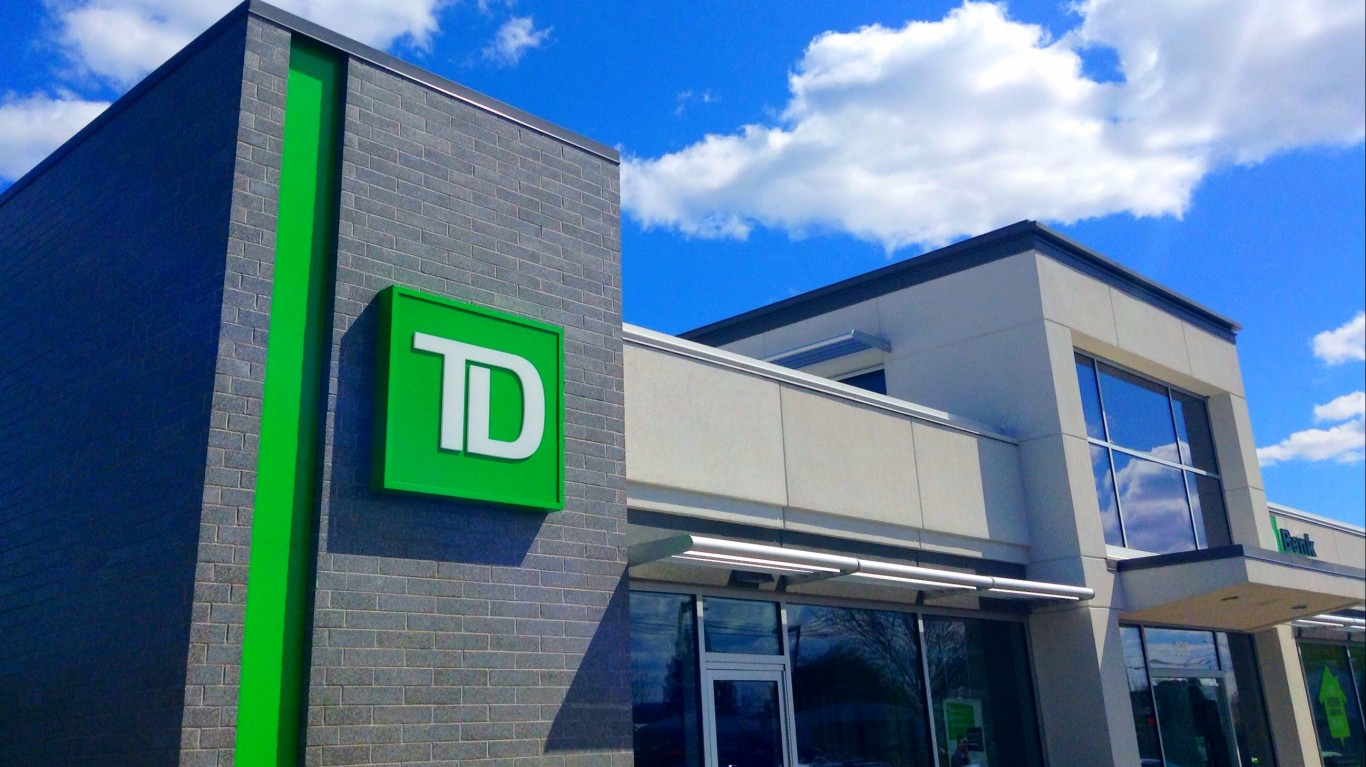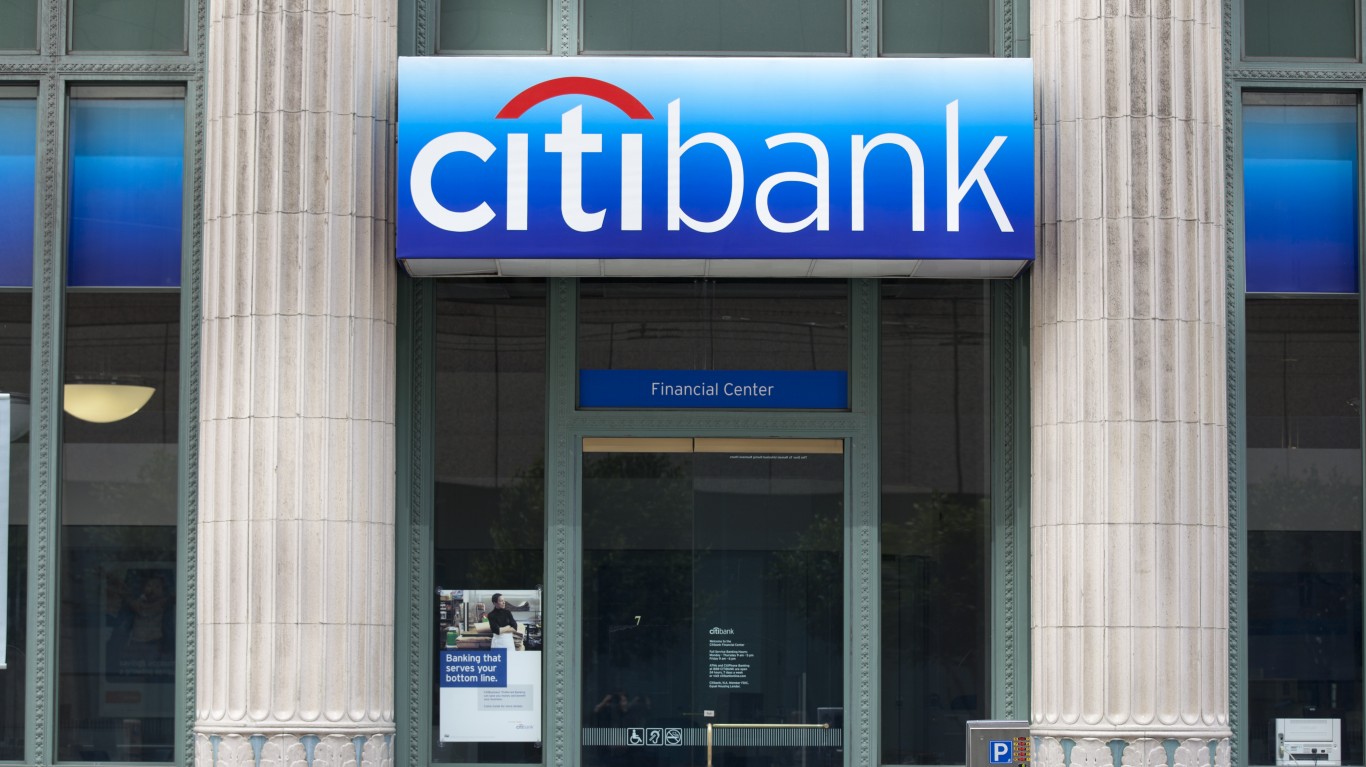
In the last months of President Goerge W. Bush administration, as the U.S. economy was tanking under the weight of a housing market burst bubble and financial crisis, Congress passed a $700 billion plan to rescue the economy — despite reckless and excessive risk-taking by large financial institutions and regulators who had fallen asleep at the wheel.
Out of the Troubled Asset Relief Program, or TARP, and the bailout of the federally-backed Fannie Mae and Freddie Mac mortgage lenders, the government wound up dishing out nearly $635 billion, mostly to bail out banks and other financial institutions, Fannie and Freddie, and automakers General Motors and Chrysler. (Several banks are among the 25 biggest bankruptcies in American history.)
But, as of August 2022, the government has also earned $109 billion in profit from this investment, despite losses from 139 of the 780 investments made through TARP, according to the Bailout Tracker curated by ProPublica. Another about 200 recipients received subsidies not expected to be returned.
Though the bailout averted a 21st century redux of the Great Depression, it also sparked fierce public backlash from Americans, many of whom lost their jobs, homes, and life savings. They watched the government toss lifelines to large corporations while dragging their feet on rescuing drowning homeowners. Notably, the Home Affordable Modification Program, an Obama-era plan to prevent foreclosures, did not compel banks to participate. At the same time, the lenders used so-called rocket dockets in local courts to accelerate foreclosures.
While Americans have harbored deep dissatisfaction in their government institutions, distrust of the banking industry also considerably increased — as financial institutions were seen as both the culprits of the financial crisis and its beneficiaries.
So, how are big banks faring 15 years after the passage of TARP?
To help answer the question, 24/7 Wall St. reviewed data from the Federal Deposit Insurance Corporation on the the 10 largest banks by assets as of March 31, 2023. For each bank, we added the change in assets and income from 2008 to 2022 (using FDIC data) and ranked the list by the change in assets. Revenue data came from each bank’s own reporting. Bailout funds each bank received came from the ProPublica Bailout Tracker and do not include funds to subsidiaries.
Nine of these 10 banks took TARP money. The only holdout was TD Bank USA, owned by Canada’s Toronto-Dominion Bank, which had taken a more cautious approach in the runup to the collapse of the U.S. housing market.
Another bank on this list, Charlotte, North Carolina-based Truist Financial, was formed in 2019 after the merger of BB&T and SunTrust Banks, which had taken a combined $8 billion in bailout money and returned the money plus $680 million in profit to the U.S. government.
Banking giants JPMorgan Chase, Bank of America, and Wells Fargo, took a combined $95 billion in bailout money and paid back the principal plus nearly $8.6 billion in profit for the U.S. government. However, the mortgage-lending subsidiaries of these banks received a combined $8.95 billion in subsidies not to be returned. (Some of these banks are also listed here: these 20 banks are still pouring billions into the fossil fuel industry.)
These 10 largest banks have earned a combined $126.7 billion in net income in 2022, up from $19.8 billion in 2008, based on FDIC figures.
Here is how large U.S. banks have fared since the Great Recession.
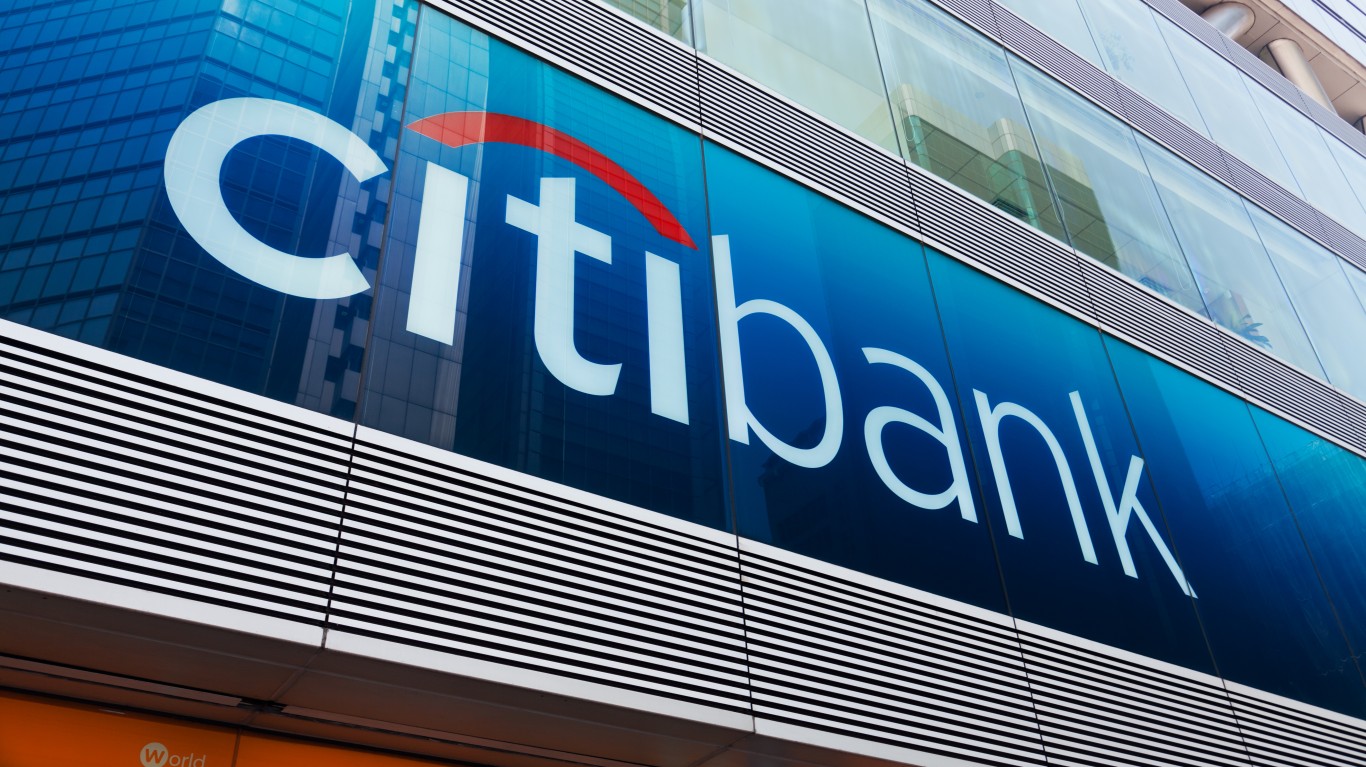
10. Citigroup Inc.
> Change in bank assets: From $1,227.0 billion in 2008 to $1,766.8 billion in 2022 (+44%)
> Bank assets, 3/31/2023: $1,721.5 billion (3th largest)
> Revenue, 2022: $75.3 billion
> Change in net income: From -$6.2 billion in 2008 to $15.4 billion in 2022 (N/A)
> Bailout: $45.0 billion
[in-text-ad]
9. Bank of America Corporation
> Change in bank assets: From $1,470.3 billion in 2008 to $2,418.5 billion in 2022 (+64%)
> Bank assets, 3/31/2023: $2,518.3 billion (2th largest)
> Revenue, 2022: $95.0 billion
> Change in net income: From $7.1 billion in 2008 to $27.4 billion in 2022 (+287%)
> Bailout: $45.0 billion
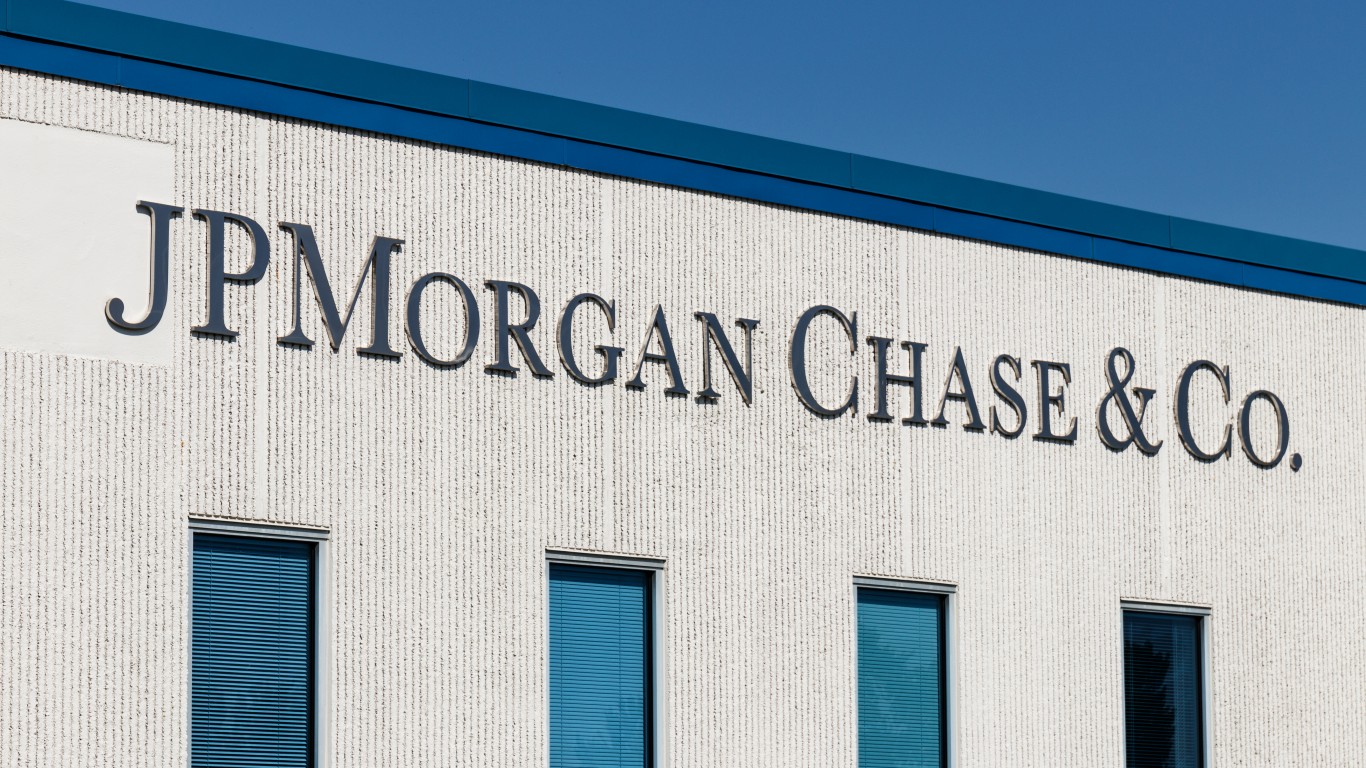
8. JPMorgan Chase & Co.
> Change in bank assets: From $1,746.2 billion in 2008 to $3,201.9 billion in 2022 (+83%)
> Bank assets, 3/31/2023: $3,268.0 billion (1th largest)
> Revenue, 2022: $128.7 billion
> Change in net income: From $10.4 billion in 2008 to $34.3 billion in 2022 (+230%)
> Bailout: $25.0 billion

7. U.S. Bancorp
> Change in bank assets: From $261.8 billion in 2008 to $585.1 billion in 2022 (+124%)
> Bank assets, 3/31/2023: $590.5 billion (5th largest)
> Revenue, 2022: $24.3 billion
> Change in net income: From $3.4 billion in 2008 to $6.7 billion in 2022 (+99%)
> Bailout: $6.6 billion
[in-text-ad-2]
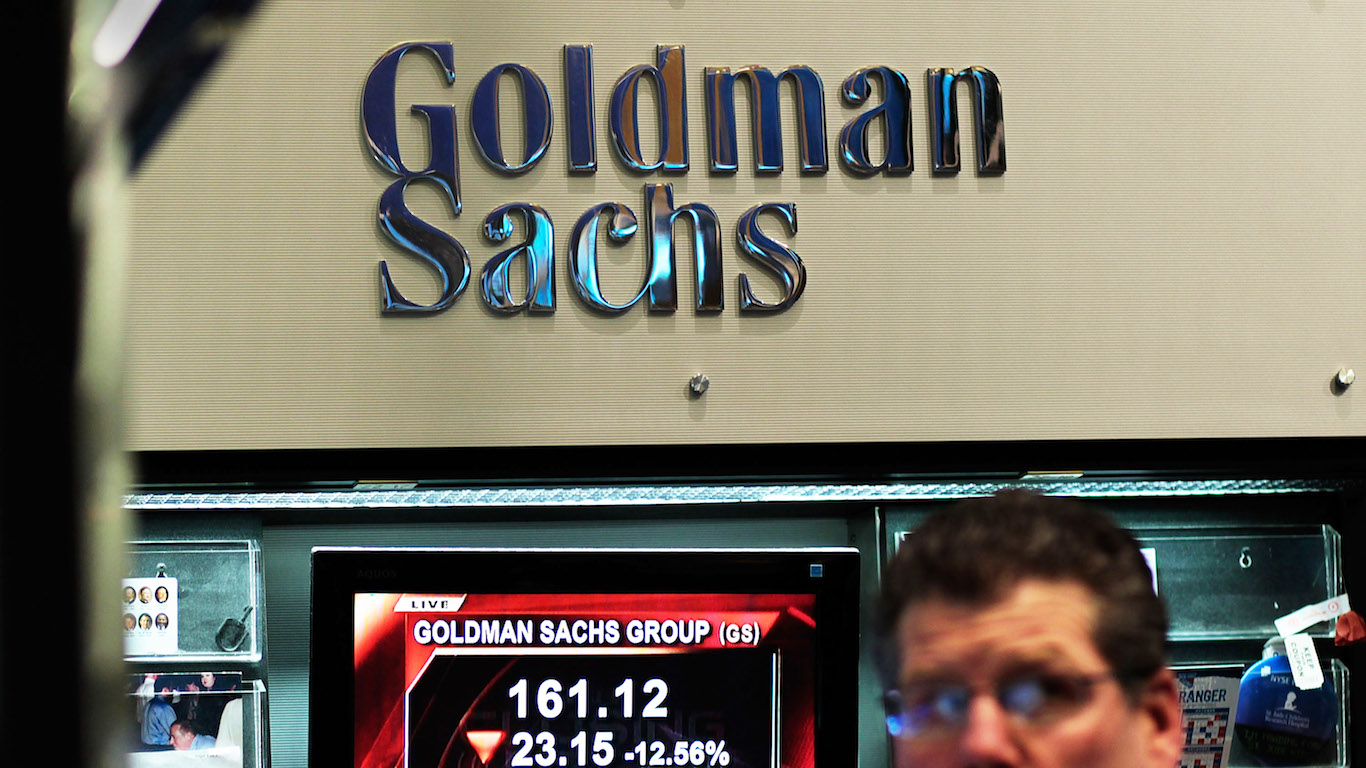
6. Goldman Sachs Group
> Change in bank assets: From $163.1 billion in 2008 to $487.0 billion in 2022 (+199%)
> Bank assets, 3/31/2023: $490.8 billion (8th largest)
> Revenue, 2022: $47.4 billion
> Change in net income: From -$250.0 million in 2008 to $3.3 billion in 2022 (N/A)
> Bailout: $10.0 billion

5. Wells Fargo & Company
> Change in bank assets: From $539.0 billion in 2008 to $1,717.5 billion in 2022 (+219%)
> Bank assets, 3/31/2023: $1,687.5 billion (4th largest)
> Revenue, 2022: $73.8 billion
> Change in net income: From $3.6 billion in 2008 to $16.1 billion in 2022 (+341%)
> Bailout: $25.0 billion
[in-text-ad]

4. Truist Financial Corporation
> Change in bank assets: From $147.5 billion in 2008 to $546.2 billion in 2022 (+270%)
> Bank assets, 3/31/2023: $564.8 billion (6th largest)
> Revenue, 2022: $23.0 billion
> Change in net income: From $1.5 billion in 2008 to $6.2 billion in 2022 (+323%)
> Bailout: $8.0 billion
3. TD Bank
> Change in bank assets: From $101.6 billion in 2008 to $386.8 billion in 2022 (+281%)
> Bank assets, 3/31/2023: $401.2 billion (10th largest)
> Revenue, 2022: $21.7 billion
> Change in net income: From $473.0 million in 2008 to $4.0 billion in 2022 (+749%)
> Bailout: None billion
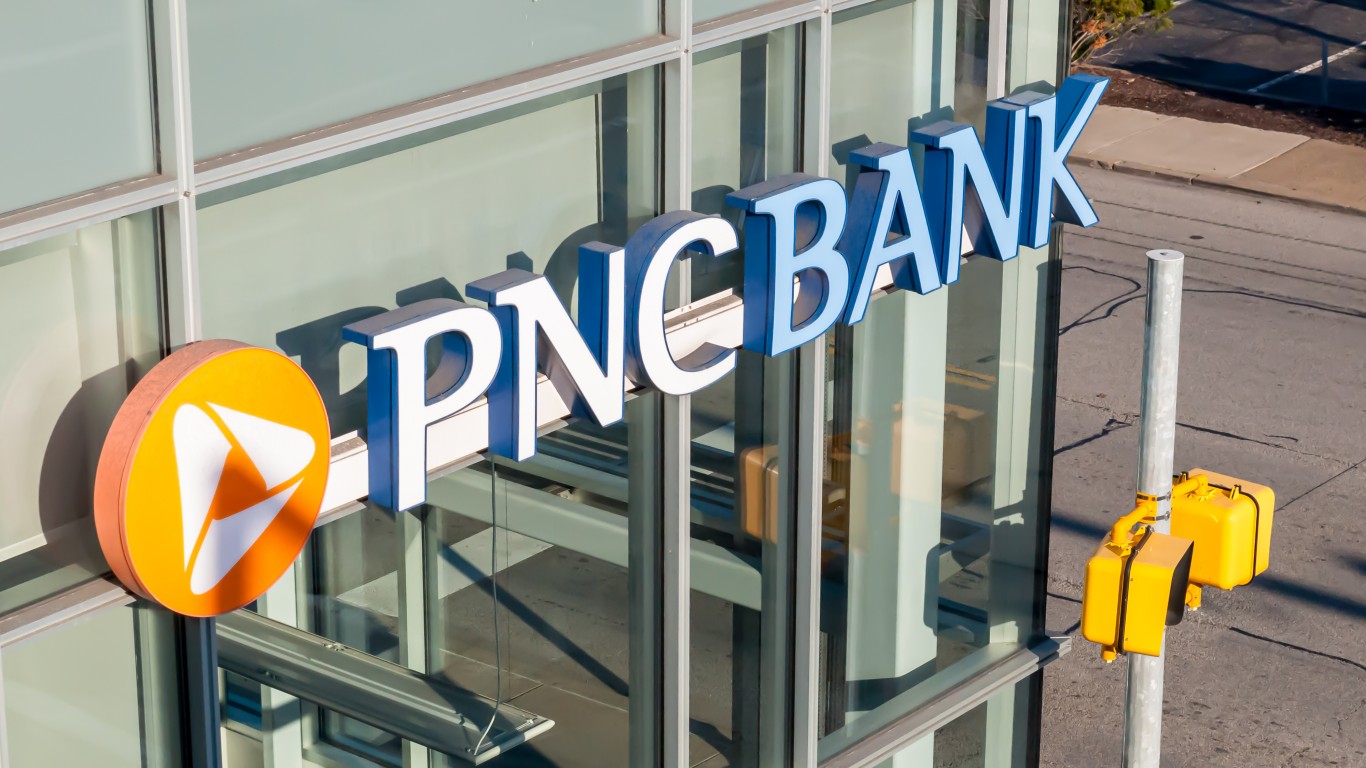
2. The PNC Financial Services Group
> Change in bank assets: From $140.8 billion in 2008 to $552.3 billion in 2022 (+292%)
> Bank assets, 3/31/2023: $556.3 billion (7th largest)
> Revenue, 2022: $21.1 billion
> Change in net income: From $760.9 million in 2008 to $5.8 billion in 2022 (+659%)
> Bailout: $7.6 billion
[in-text-ad-2]
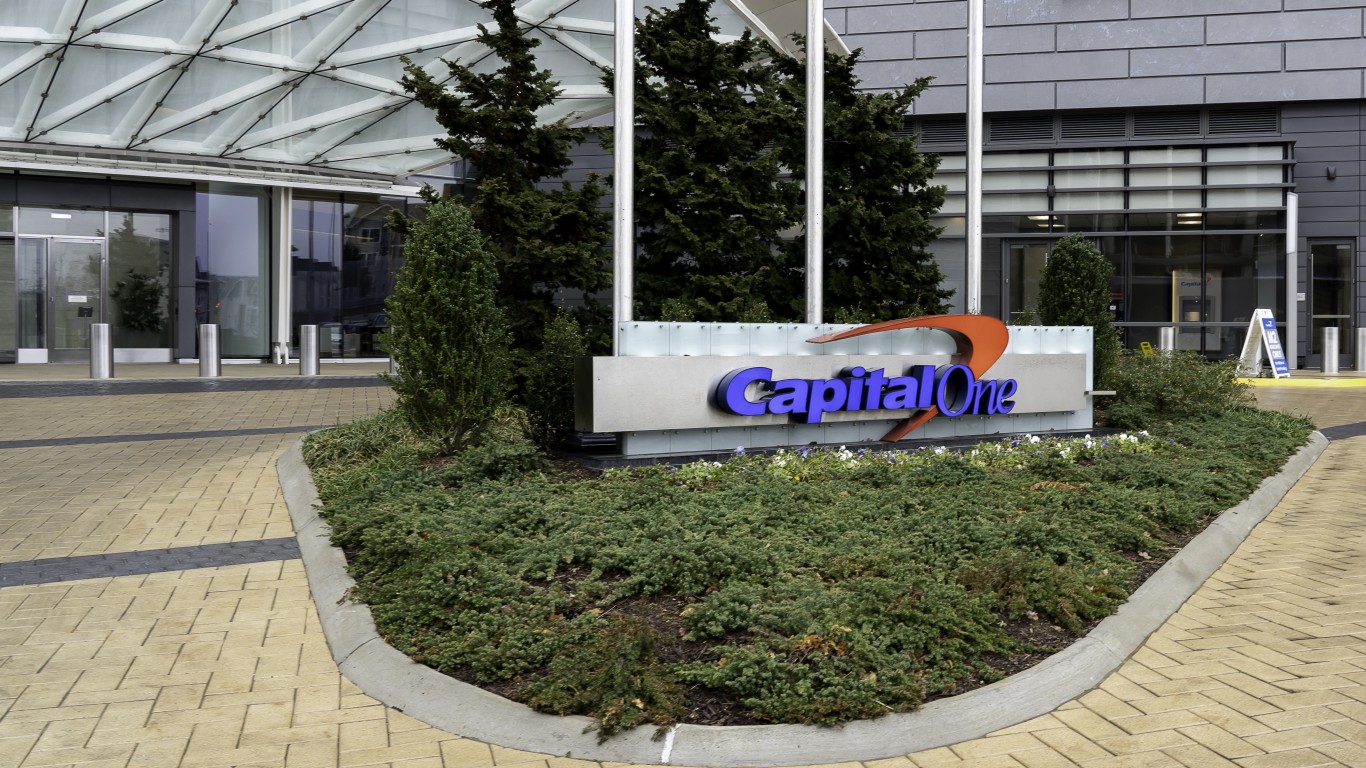
1. Capital One Financial Corporation
> Change in bank assets: From $115.1 billion in 2008 to $453.3 billion in 2022 (+294%)
> Bank assets, 3/31/2023: $469.4 billion (9th largest)
> Revenue, 2022: $34.3 billion
> Change in net income: From -$1.0 billion in 2008 to $7.6 billion in 2022 (N/A)
> Bailout: $3.6 billion
100 Million Americans Are Missing This Crucial Retirement Tool
The thought of burdening your family with a financial disaster is most Americans’ nightmare. However, recent studies show that over 100 million Americans still don’t have proper life insurance in the event they pass away.
Life insurance can bring peace of mind – ensuring your loved ones are safeguarded against unforeseen expenses and debts. With premiums often lower than expected and a variety of plans tailored to different life stages and health conditions, securing a policy is more accessible than ever.
A quick, no-obligation quote can provide valuable insight into what’s available and what might best suit your family’s needs. Life insurance is a simple step you can take today to help secure peace of mind for your loved ones tomorrow.
Click here to learn how to get a quote in just a few minutes.
Thank you for reading! Have some feedback for us?
Contact the 24/7 Wall St. editorial team.

